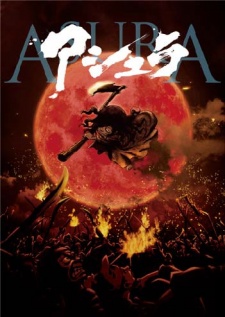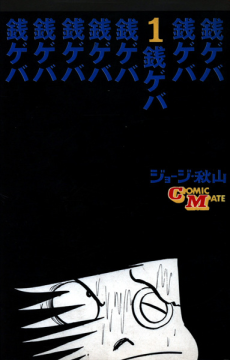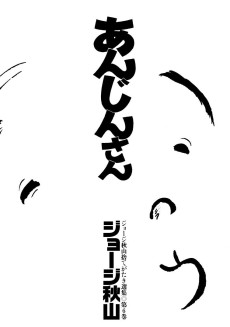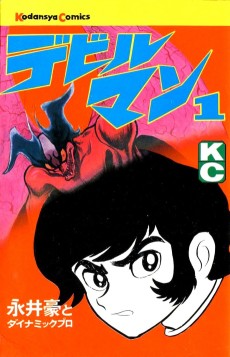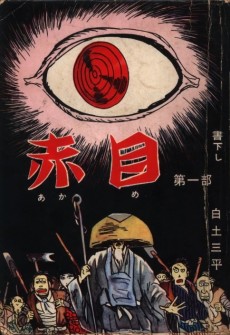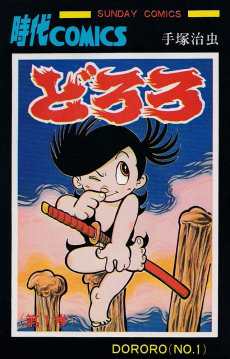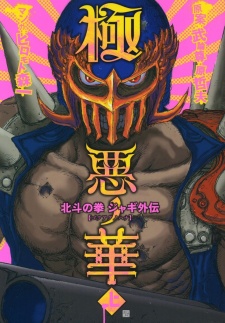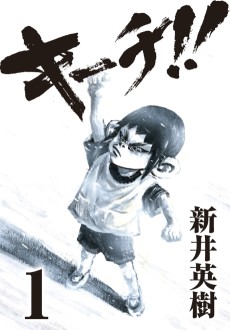ASURA
STATUS
COMPLETE
VOLUMES
3
RELEASE
May 5, 1971
CHAPTERS
29
DESCRIPTION
Asura is an unrelentingly dark drama that follows the struggles of a young boy who did whatever it took to survive during a time of war and famine in medieval Japan.
CAST
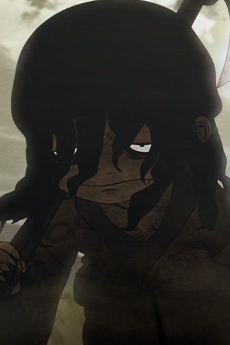
Asura
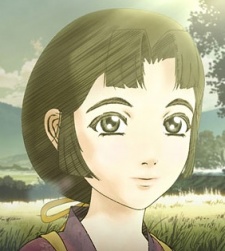
Wakasa

Houshi
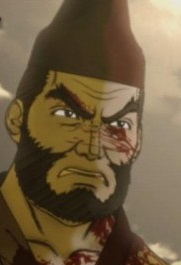
Jitou
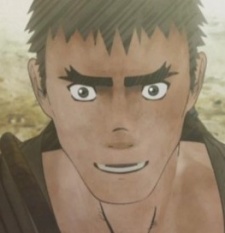
Shichirou
CHAPTERS
RELATED TO ASURA
REVIEWS

ShibuyaConfidential
80/100We need to talk more about George Akiyama.Continue on AniListPlease be aware that there are minor spoilers for the manga. However, the main focus of this work is on its content rather than its plot, so I don't think there's any harm in spoiling a bit to explain the author and the manga.
George Akiyama was a very groundbreaking artist in some respects in the manga culture of the 70s. This Asura is just the beginning of it. The work was so shocking in its first chapter when it was released:
" The first chapter depicts a scene of hell caused by starvation, a woman who eats human flesh, and even her child." - Wikipedia
In 1970, the 32nd issue of Weekly Shonen Magazine published content that Kanagawa Prefecture deemed harmful and banned from sale to minors. This decision sparked similar actions by other local governments, turning it into a social issue.As a result, Akiyama received numerous interview requests and quickly became a celebrity. To address this sudden attention, the project's intentions were explained in the 34th issue of 1970, stating that the protagonist would awaken to the religious world and find a foundation in life. However, this aspect was not depicted until the final chapter.
The online version of the manga "Asura" that I found ends in chapter 30 without a proper conclusion to the story. The anime, however, seems to have taken a different approach, probably fully realizing George's intention to bring about the enlightenment of Ashura, which is a play on the word "Asura."
"You are not yet an Asura" - the Monk.
An Asura in Buddhism is a demigod. They are described as having three heads with three faces each and either four or six arms.
In Asura, there is a lot of discussion about the nature of humans and what distinguishes a human from a beast. The manga reflects the brutality of a harsh reality, referring to a historical period. Although the period is not explicitly stated, based on the clothing and the Shoen system, it is likely set between the 8th and the 15th century AD. The strong influence of Buddhism in the area leads me to lean towards the 8th to 10th century, but this is just speculation.*
In a world with no mercy where people starve to death and are forced to eat human flesh in order to survive, they all slowly lose their humanity or need to enter compromises that they do not want to approach.
The counter altar to Ashura's bestiality is Wakasa a beautiful but poor girl who is in love with another poor peasant Shichiro. She keeps her virtue intact till the end to avoid being tempted and given in marriage to a scumbag - but powerful - called Kojiro.
Sadly starvation drives Wakasa on the verge of death and madness leaving her unable to resist further and then falling preach of Kojiro marrying him.
The manga tackles the role of women at that time
One example is Lord Sanjo Tayu. We later discover that he is Ashura's father. He kicked out and beat Ashura's mother, throwing her out of the house because she was pregnant. According to Sanjo Tayu's beliefs, a woman has to be beautiful and young. This is a clear example of misogyny, but there are still many nuances to consider.Men are depicted as ugly, while women are beautiful and tragic victims of men's choices. However, it's not just a simple black-and-white portrayal. Women also use their beauty to seduce men or to marry for comfort even if the marriage is unpleasant.
Although I disagree with the misogyny portrayed, we should remember that the story is set in the Middle Ages, which wasn't the most emancipated time for women. Complaining about the misogyny won't change the fact that it was part of that historical period, even if it offends us.
As I don't want to make my review too long, I want to conclude by asking: Why should you read Asura?
First of all, the artwork is unique; it reflects a lot of that period, and all the characters are very memorable with their grotesque look. Additionally, George Akiyama was and is an underrated artist who was not afraid to talk, and this elevates him to the realm of classic authors. (He experimented even more later on, but not here in Asura).
Asura is a tragedy; there are beautiful panels of children simply crying. A trench of emotions for poor souls left to starve in a world full of atrocities.
Read this with an open mind and a cultural mindset; otherwise, if you come from modern manga looking for "battles", "waifus", or "power system" and so on you will find it just boring and dated. And it's not.
*Shōen, in Japan, from about the 8th to the late 15th century, any of the private, tax-free, often autonomous estates or manors whose rise undermined the political and economic power of the emperor and contributed to the growth of powerful local clans. The estates developed from land tracts assigned to officially sanctioned Shintō shrines or Buddhist temples or granted by the emperor as gifts to the imperial family, friends, or officials. As these estates grew, they became independent of the civil administrative system and contributed to the rise of a local military class. With the establishment of the Kamakura shogunate, or military dictatorship, in 1192, centrally appointed stewards weakened the power of these local landlords. The shōen system passed out of existence around the middle of the 15th century, when villages became self-governing units, owing loyalty to a feudal lord, or daimyo, who subdivided the area into fiefs and collected a fixed tax. - Source Britannica.com
SIMILAR MANGAS YOU MAY LIKE
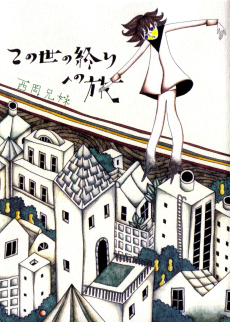 MANGA AdventureKono Yo no Owari e no Tabi
MANGA AdventureKono Yo no Owari e no Tabi MANGA HorrorKami no Kodomo
MANGA HorrorKami no Kodomo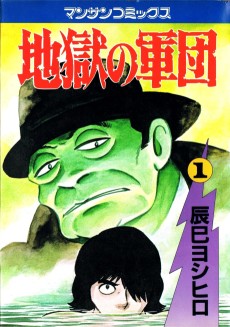 MANGA DramaJigoku no Gundan
MANGA DramaJigoku no Gundan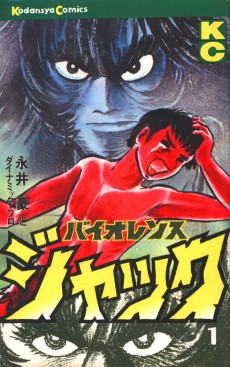 MANGA ActionViolence Jack
MANGA ActionViolence Jack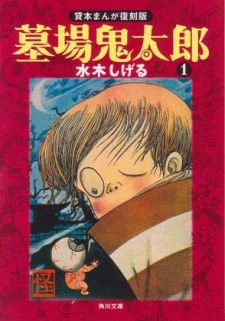 MANGA HorrorHakaba Kitaro
MANGA HorrorHakaba Kitaro
SCORE
- (2.75/5)
MORE INFO
Ended inMay 5, 1971
Favorited by 13 Users

